
|
| Accept Cookies | Customize | Refuse Cookies |
Lomapada www.juzaphoto.com/p/Lomapada  |
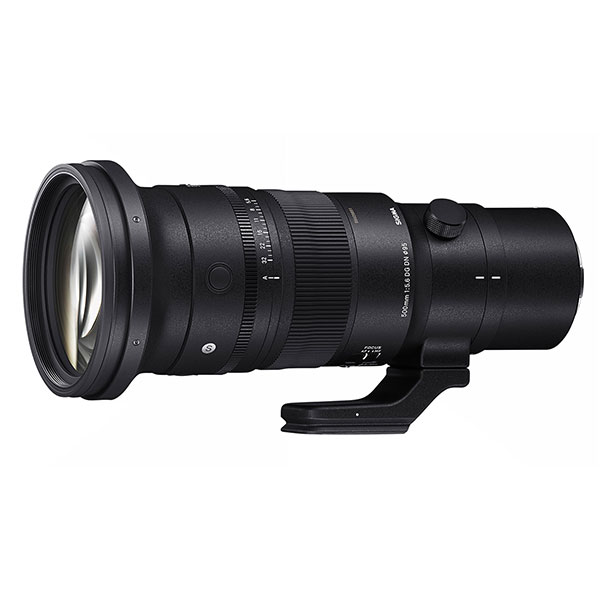 | Sigma 500mm f/5.6 DG DN OS Sport Pros: Optics: Definition, micro-contrast, three-dimensionality, colours - On the pitch: lightness! Cons: In the Sony version limit to 15 fps and no duplicator. Minimum distance of 3 meters, but accepts extension tubes, even in Sony version, maintaining autofocus Opinion: Looking for a powerful but light tele, I trusted the review of D.Abbott (which has never disappointed me) and various others. The field test confirms all the good I had read about this lens. Light it is, it weighs like some 70-200, and you tend to forget that it is a 500, agile and well balanced. I have no experience of brighter and much more expensive super-canvases recently, I bought them in the past but now I am no longer in the mood to spend 7,000 or 10,000 euros and more. But I think this Sigma 500 is very close to the high-end performances, and certainly surpasses the "zoomons", including my Sony 200-600, which remains a very good lens, but here there is more: the constant and pleasant impression, from the definition to the colors to the detachment of the planes, of having shot and filmed (I mainly make videos) not with a 500 but with a valid 300 if not a 70-200. This is even more evident in the case of low and/or gray light, where it brings out colors and contrast, something that the Sony 200-600, as is known, struggles to do. I find both autofocus and stabilization more than good. The aperture ring, which is also manual and also declickable for video, is a plus. I reserve the right to try it well with extension tubes as well to see if at close range it maintains good quality. Speaking of tests and reviews, having said that Dustin Abbott and others highlight the high definition already from 5.6, the non-vignetting etc. etc., I wonder what tests they have done instead to "Chasseur d'images" (which now provides the tests to "Tuttifotografi"), which places it inferior to the Sony 200-600 and others: but it is not true, I have both and the comparison leaves no doubt. sent on October 14, 2025 |
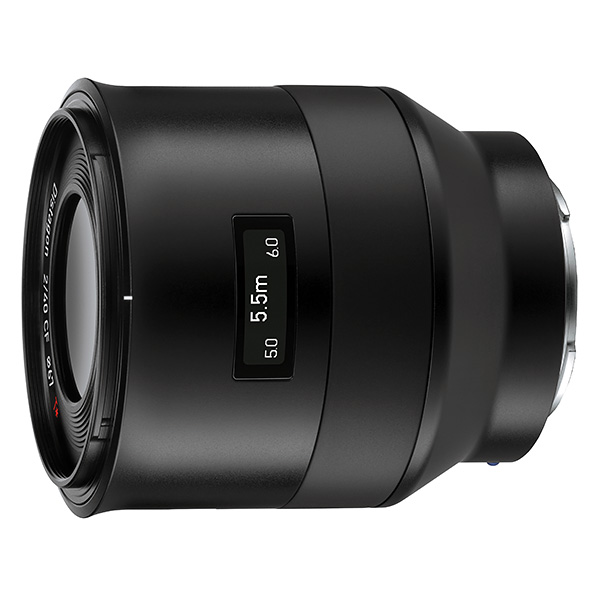 | Zeiss Batis 40mm f/2 CF Pros: Sharpness, three-dimensionality, versatility (as the previous review says!), colors, adding that they are qualities maintained even at the minimum focusing distance Cons: Nothing relevant Opinion: Sharpness, three-dimensionality, versatility, colors, adding that they are qualities maintained even at the minimum focusing distance. These are the typical Zeiss qualities, in particular the three-dimensionality, which is a factor that I always appreciate very much, even more than the sharpness and the rendering of colors and shadows, which in any case are super and Zeiss.La sharpness in any case is very high, and above all it remains really remarkable even at the short focusing distances granted by this lens, which make it very versatile. The first photos taken really closely in the gallery below of Juza, taking advantage of this value of the 40 Batis, are basically mine; it amazes me and perhaps this explains the relative poor grade received, which I think should be at least 9.6. For those who take photos and videos of nature like myself, having a lens like this, suitable to combine without disfiguring with an excellent macro like the Sony 90 macro, is a nice advantage. Very happy to buy a used like new at a high price, yes, but, as always with Zeiss, in the end it is worth it. sent on June 08, 2025 |
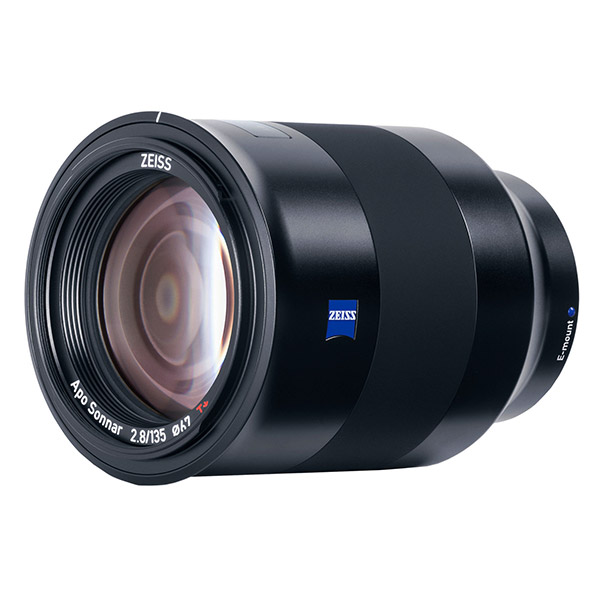 | Zeiss Batis 135mm f/2.8 Pros: The best of Zeiss optical qualities (see opinion below) Cons: Nothing in particular... the price, of course, but I found it used at a very advantageous price Opinion: I fell in love with this lens, which is definitely Zeiss in its rendering: excellent definition, high microcontrast, while the three-dimensionality and macrocontrast are there, of course, but in the right measure, and not exasperated and almost unnatural as often happens with Leica lenses. But above all Zeiss is that sense of "cleanliness", "airiness" - you have to put quotation marks on these definitions, they are always impressions, not MTF tests, but they are constant, well-founded impressions. And finally, the always "open", "light" shadows are typically Zeiss. Yet nothing is superficial in the rendering of this lens, on the contrary, it digs and discovers, but with a balanced hand. Used both in photos and videos, the autofocus, however old, does well. In addition, the yield remains high even at close range, not exactly macro but already ideal for small animals, flowers, etc. sent on January 19, 2025 |
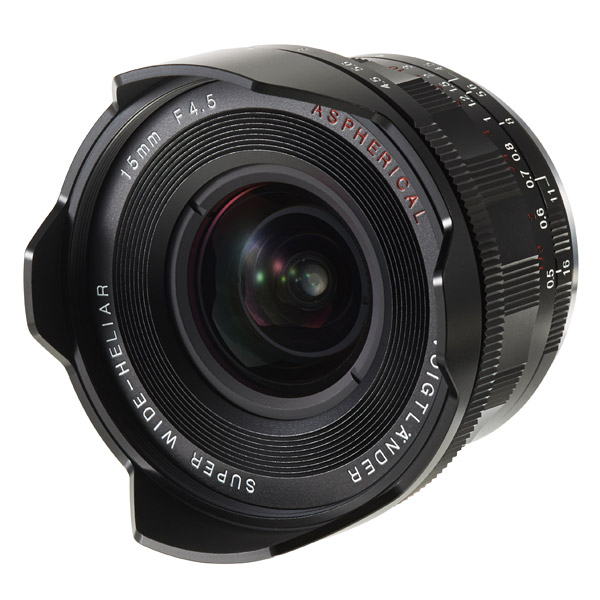 | Voigtlander Super Wide Heliar 15mm f/4.5 Pros: Sharpness, "Voigtlander" rendering, i.e. similar to Zeiss rendering: good microcontrast and appreciable macrocontrast or three-dimensionality Cons: Nothing in particular if you appreciate manual focus Opinion: Recently bought, I will refine the opinion later, after a few tests well done, but I specify that in the E version for Sony THE MINIMUM DISTANCE is 30cm and not 50! Also there is de-click function of the aperture welcome in video. For the rest, from the beginning, only with a few shots and shots, the optical figure of the Voigtlanders emerges, which fortunately produces manual optics with the characteristics indicated above: microcontrast (fabulous in the 65 macro), macrocontrast (fabulous in the 35 APO) and in any case present in substantial doses also in this 15 sent on July 23, 2024 |
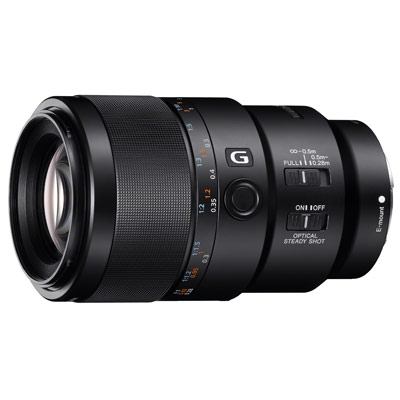 | Sony FE 90mm f/2.8 Macro G OSS Pros: All the good that is said about it in previous reviews and more: colors and three-dimensionality also (and especially?) in video Cons: The usual: a tripod ring useful in some cases is missing Opinion: Given that I mainly do videos, this 90 macro combined with the Alpha 6700 surprised me not only for the optical quality but also for the performance of both autofocus and stabilization, even if it is an old project, from 2015. Watch this video, done in autofocus and partly freehand: https://www.youtube.com/watch?v=tuJMSLmPP5E&t=4s . Just in 2015 the French magazine "Chasseur d'images" said it was surprised to see this lens branded only Sony and not Sony / Zeiss, but I like to think that in any case the contribution of Zeiss know-out, then frequent for Sony, was there. Certainly in this lens I immediately appreciated not only the definition but a considerable three-dimensionality, spatiality or macrocontrast if you prefer, which combined with the rendering of colors really makes you think of the optical qualities of Zeiss. Moreover, if it is not my subjective impression, it seems that in video these qualities are even more evident. sent on July 15, 2024 |
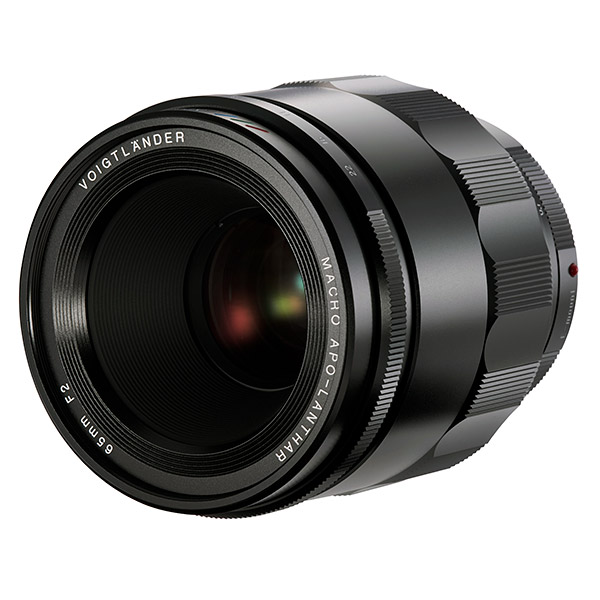 | Voigtlander E 65mm f/2 Macro Apo-Lanthar Pros: Definition, micro and macro contrast, colors. Always high yield from landscape up to 1:2 macro. Ease of use in manual mode with excellent focus ring, smooth and comfortable front aperture ring Cons: It's not autofocus: it's not a limitation in many cases, in others yes, you can't take advantage of, for example, the excellent Sony autofocus. However, it dialogues with the camera body Opinion: I recently bought this lens, bought used in excellent condition, and I find it splendid; I talk about it briefly because I am surprised not to read reviews (even if it has a nice grade 9.9). I state that I mainly do videos and therefore I also have feedback on micro4/3 Panasonic or apsc Sony; but I know lenses of this type well, such as the Leica R 100f/2.8 APO and the Zeiss ZE/ZF macro 50 and 100 as well as the Zeiss 135 f/2 APO. And here when you write APO it is in name and in fact. Well, this also applies to this Voigtlander 65mm, which one might think manages to combine the best of Leica and Zeiss, with a very balanced high-level rendering: extraordinary sharpness yet great pleasantness, that touch of magic in the beautiful saturated yet natural colors, and so on. Speaking of macro, this 65 is superior to the legendary Leica R 100 APO as well as to the 100 Zeiss and rivals and in some respects surpasses the excellent Sony 90 macro, which obviously has the advantage of autofocus etc. Highly recommended for those who do not see a limitation in manual fire but love certain definition-color-magic qualities as above sent on April 01, 2024 |
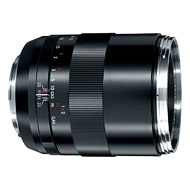 | Zeiss ZE/ZF.2 Makro-Planar T* 100mm f/2 Pros: Very high yield in everything, from definition to colors etc., and balanced, "authoritative"; Highly reliable construction and mechanics Cons: Nothing in particular once you agree to work in manual, since autofocus with these Zeiss is not talked about Opinion: Bought a year ago to use it with a Panasonic GH5 and make mainly macro-video. I already owned the little brother 50 macro always Zeiss ZF, but this 100 becomes a 200 macro of the highest quality, more advantageous than the 50 in many situations in nature. It is not too heavy and just a little longer than the 50, but always well balanced even at maximum extension, and manual focusing is still easy thanks to the excellent ring that turns a lot but not too much. For the rest, the yield is from Zeiss, with definition and three-dimensionality, detachment of the planes, beautiful colors and shadows not closed. At the same time it is balanced, I would say "authoritative", it does not yield in anything and never exalts too much a single parameter. It does not touch the sublime like the Zeiss 135 Apo-Sonnar (the first of the Zeiss I bought, all used with attractive prices). The 135 apo is a more recent project but also heavier, impractical in the middle of a meadow to make butterflies; But the 100 is only a thread below, with a much greater practicality of use and a slight prevalence in really close shots, close to 1: 2 sent on March 03, 2023 |
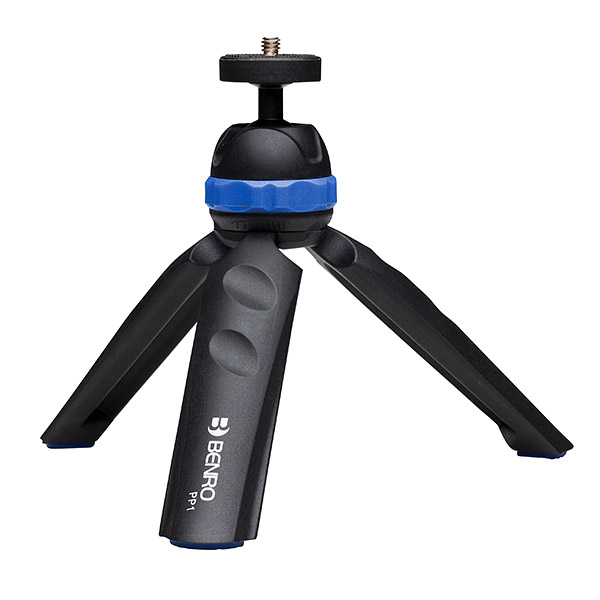 | Benro PocketPod PP1 Pros: Lightweight and aesthetically successful Cons: Tightening of the deficient head Opinion: It would be guaranteed per kg. 1,5, Of course he holds them like legs. But the tightening of the joint head withstands one kg. 1.2 (tested) only if well balanced. As soon as you tilt more than about 45 ° the head with camera-lens downwards, eg to make a macro to a flower, hello tightening: even to tighten to the maximum begins to yield slowly, and with a movement a little abrupt, for example repositioning everything on the ground, it yields, and hello! sent on April 22, 2022 |
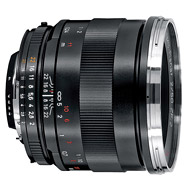 | Zeiss ZE/ZF.2 Makro-Planar T* 50mm f/2 Pros: Very high yield throughout, and balanced, construction and very reliable mechanics Cons: nothing in particular Opinion: Bought over two years ago to use it with a Panasonic GH5 and make videos. It may seem strange but it thus becomes a 100 macro of the highest quality combined with practicality in the field (where it benefits from the excellent stabilization of the GH5): it is not too heavy and too long but well balanced even at maximum extension, and the manual focus is still easy thanks to the excellent ring that turns a lot but not too much. For the rest, the rendering is from Zeiss, with definition and three-dimensionality, detachment of the planes, beautiful colors and unclosed shadows. It does not touch the sublime like the Zeiss 135 Apo-Sonnar, but the latter is a more recent project (and heavy, impractical in the middle of a meadow to make butterflies); but the 50 is only a wire below, with a very balanced yield of all optical parameters sent on April 12, 2022 |
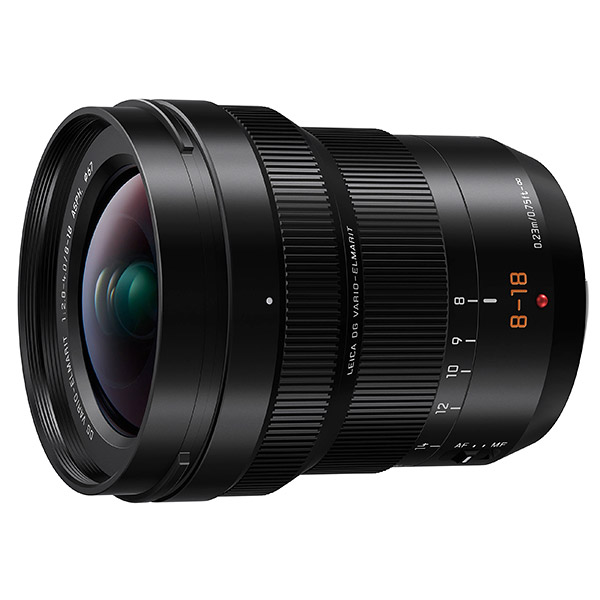 | Panasonic Leica DG 8-18mm f/2.8-4.0 ASPH Pros: Robust construction. Definition top and typically Leica yield. Possibility to put filters. Cons: The high price? In fact ... I'm afraid you pay very high optical output in all parameters and all focal lengths Opinion: The definition is very high, at the top. As I wrote about the "brother" 12-60: the latter, even remarkable, as a definition loses a thread in comparison ... just a thread but there is. Really the 8-18 has that ... 6th gear of the optics that amaze every image you see. The macrocontrasto, the separation of the planes, the rendering of the colors are from Leica, that is very appreciated for those who prefer this rendition, as the undersigned. After a month of testing I did not notice any focuses. Rn As already noted other "videomakers" the fact that f / 2.8 is so only 8mm and then very soon it is af / 4 is not a problem for those who, especially video like me, must almost always put ND filters to keep time on 1/50 of sec. And fortunately on this lens, unlike other 4/3 wide wrenches, the filters can be screwed ... rn sent on October 04, 2017 |
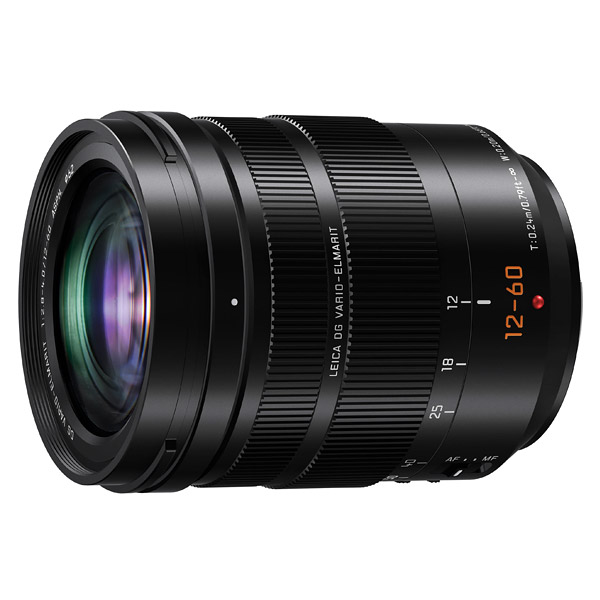 | Panasonic Leica DG 12-60mm f/2.8-4.0 ASPH OIS Pros: A rugged, high-end, all-purpose helmet with a very good definition and great three-dimensionality typically Leica. Excellent stabilization in combination with the GH5 Cons: As already noted by others before me: too high price if not in kit. Try it out of remnant kit! Opinion: The definition is very, very good, even if not in the top (to explain: that of "brother" 8-18 is just a thread, but a meaningful, taller and really top thread). On the other hand, the yield of the macrocontrasto, or the typical "three-dimensionality", the separation of the Leica floors is all combined with the usual Leica color rendering. The stabilization, verified in conjunction with that of the GH5 body machine, is really very , very effective.rnAnd a 24-120 rugged and high quality handyman, very suitable for holidays and the like (holidays and situations where, especially video, there is always no way to bring the tripod. 'excellent stabilization to offer surprisingly stable footage) .rn sent on October 04, 2017 |
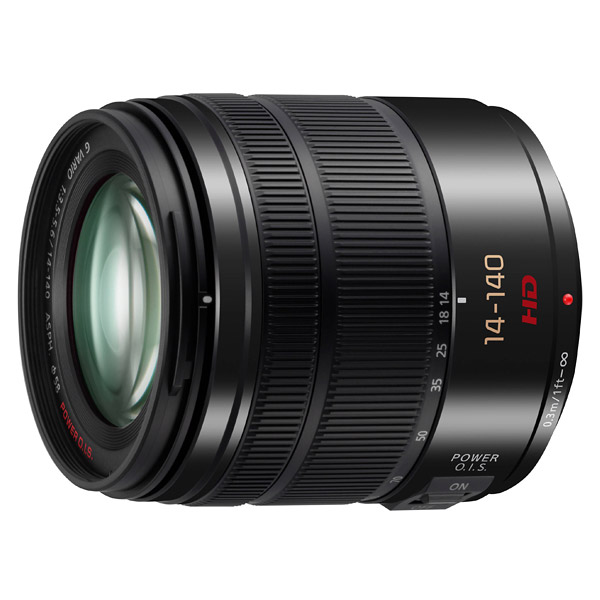 | Panasonic Lumix G Vario 14-140mm f/3.5-5.6 ASPH OIS Pros: It is a valid "gregarious" with medium-high performance Cons: Nothing, if you accept the "physiological" limits of the handyman not very bright. Opinion: Optical rendering, definition, colors, and so on. They are more than good, and they do not expire in an appreciable way - very important - even at 140 mm: it is a 10x REALE zoom, a handy all-rounder with no breaks. It does not shine, it is true, it does not have that extra thing: just compared it, for example, with a Panasonic Leica 12-60 you see a certain difference, but the price is quite different. Rn As a little "plasticous" is well built And appreciably robust. He followed me in several Italian vacations and two trips to India without ever complaining about problems. Congratulations to this "gregarious" who, for certain uses, is definitely advisable. sent on August 08, 2017 |
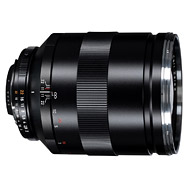 | Zeiss ZE/ZF.2 Apo Sonnar T* 135mm f/2 Pros: Very good image quality in all aspects: high definition, contrast to the right point, macrocotrasto and three dimensionalities combined with great pleasure, vibrant colors but natural and balanced in the lights and shadows ... in short, there is only to be done praises Cons: If you are looking for a lightweight mediotel, with fast and stabilized autofocus ... that's not it Opinion: It may seem strange to buy (in the case, however, at half price) a lens of this type to plug it on the Panasonic GH5 and make videos ... but the results are there, too. In video, the manual focus is very good thanks to the large and well friction ring with rotation. But this is just the startling surprise premise, even in close-ups and macros (butterflies, dragonflies, reptiles) exploiting a yield that remains unchanged and always high even at the minimum distance of 80cm (and seems to be missing nothing Also with the extension rings PK11 and PK13, I have the Nikon Attack). This 135 Zeiss is the best goal I have ever used, in some ways even higher than the Leica R 100 macro-apo.rnFrancally now that I know that you can get such a quality and enjoyment of shooting I would do it without you. sent on August 07, 2017 |
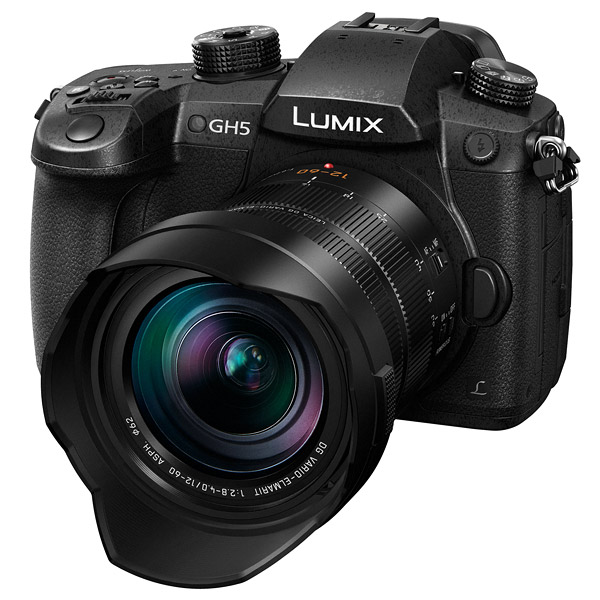 | Panasonic GH5 Pros: Very good in photography, exceptional - even in relation to price - in video Cons: The menu and instruction manuals (both printed and advanced PDF available): not because the menus and instructions are complex, which is inevitable since the GH5 has so many functions but how they are MALE TRADOTTI. Is it possible that Panasonic can not entrust the translation of the translation to someone who really does the photos and uses blurred phrases and expressions that are immediately understandable and not mysterious and incoherent phrases as an automatic translator? The micro4 / 3 sensor lightens a bit at low lights even if less than the GH4; Sony with the Fullframe sensor does better but with other costs and other defects Opinion: I think reviews should be made after a bit of use, but in this case I would like to give you a few personal impressions on this new Panasonic release right after two weeks from the purchase. Perhaps they may be useful to those wondering whether to go from GH4 to GH5, or anyway they wonder why there is a difference, as GH4 is still in business and costs much less. Everything is centered on the video part that is the one most practiced and proven. In PHOTO, however, the GH5, with a 20mp sensor without low pass filter (versus the 16mp of the GH4), goes very well. RnrnIn photos as in video The stabilizer in the body of the body, which also deals with stabilized and even non-stabilized lenses and also NON Panasonic, offers obvious benefits: I got, for example, filming insects on the flowers with a Nikon 60G macro that seem almost made with tripod and head Fluid, instead I had only one monopod and active stabilizer on the GH5.rnIn body, while the GH4 was great, with the GH5 moving forward: it has less noiseThe ISO, offers a little more in definition because it has a "plastic" yield of the GH4, thanks to a greater sense of separation of the planes and shapes. The "CROP" of the GH5 is 2X also in video (and not Plus 2.3x): so an 8-18 mm becomes a 16-36 mm. In the 4K video there is also the possibility of inserting a CROP 1.4 that still uses all the 3840x2160 pixels needed to lose quality: a good advantage, because a 100 mm becomes a 140 - and precisely without qualitative drop - allowing you to enlarge The more the subject varied by the shooting (very interesting thing for those who make videos to wild animals as i signed). RnSiccome I use more than manual focusing can not now evaluate the autofocus. In MF, you are helped by the focus peaking feature that is useful and reliable, and also allows you to zoom in on the affected area for even more accurate focus. The 4k video at 8bit 4: 2: 0 is otthyme. I think that having this option has little sense of filming in FullHD, except for particular cases where memory is missing on the card etc. In 4k will be available in 2017, with a firmware, the 10bit 4: 2: 2 (with its pros and cons: pro in quality and next editing, against the memory it requires on 400mps SD cards - which is not They are not even on the market - to tacer that VLC and other players are struggling to reproduce the 4: 2: 2 10 bit fluidly (and QuickTime does not read it right). However, for a "consumer" use the 4k to 8 Bit is already very good and well managed by players and editing programs. The variable frame function allows you to get in various video combinations at slow motion (or accelerated). The slowdown at 60% in 4K is very good. I did not try those with FHD video. sent on July 20, 2017 |
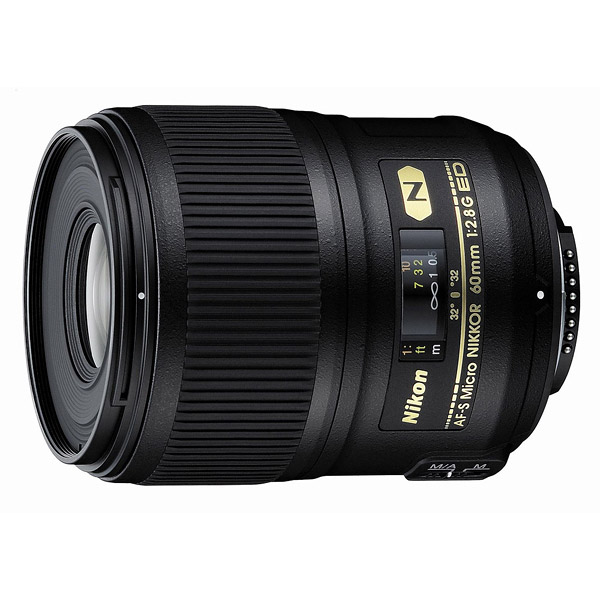 | Nikon AF-S 60mm f/2.8 G ED Micro Pros: Great sharpness, beautiful color rendering, blurry very pleasant. Plasticous but robust and well done, very practical in field manual use: lens that does not stretch and with a good focus ring Cons: Nothing in particular Opinion: I share the positive comments I read, and I add a point of view: this Nikon is fine with the Panasonic GH4 and the GH5 with which I mainly make videos in UltraHD. It then becomes a 120 mm thanks not only to the remarkable definition but also to the rendering of the colors, to a delightful blur and to a good separation of the planes is able to agree (without batters but agree yes) with the optics "APO" Which I am fortunate to use (Leica 100mm ApoTelyt-macro 2.8 and Zeiss 135 ApoSonnar f.2). It's not all of them: the brightest optics (such as the bulky and expensive Sigma 180 2.8 I've just tried) generally go fine, but often do not stand up to the "three-dimensional" yield of Leica and Zeiss. The Nikon 60G, on the other hand, defends itself: it is perhaps a bit underrated and with a very interesting price / quality ratio, especially if it is used sent on May 29, 2017 |
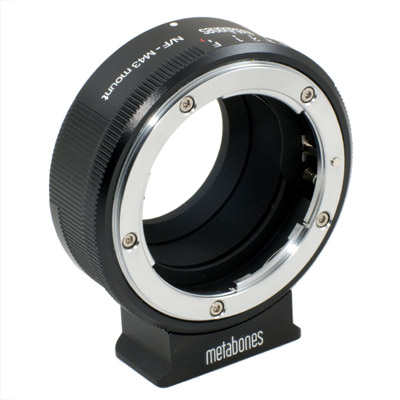 | Metabones Nikon G to Micro 4/3 Adapter Pros: The clamp with the optics and the body of the machine has the right friction with even the slightest play, but without squeezing and forcing.rn Adjustment of the diaphragms by means of the special ring is precise and frustrated at the right point, and if you want it is not Shots but fluid, seamlessly.rn Along with the adapter, there is a tripod support that is solid and suitable for non-heavy optics, which are very useful. Cons: nothing Opinion: It is highly recommended for those who have Nikon optics and want to use them on a micro 4 / 3. It's a bit expensive but really done. RnNot that Nikon in its ultimate optics abolished the presence of the lever for mechanical regulation of the diaphragm Regarding the past, everything works in wonder. sent on May 26, 2017 |
 | Leica APO Macro-Elmarit-R 100mm f/2.8 Pros: High definition, great color rendering and meanwhile ... "three-dimensional" Cons: This helix that needs to be turned and turned, and with a certain amount of energy (not so fluid) as it stretches and shrinks to focus, is not the utmost of practicality while it is in precarious equilibrium to photograph a dragonfly on the edge of a stream… Opinion: I bought this lens when it cost 3 million and broke old lire. It seemed crazy but it was not, because it was one of the best macro goals ever made (and that does not lose anything with the additional lens dedicated to arriving at 1 = 1). RnOra, after years of using it mainly to make 4k video with the Panasonic GH4, and is always an outstanding lens. RnContinues to offer images not only extremely well defined and with a brilliant and balanced color rendering, but meanwhile - and above all - it offers a separation of plans and shapes with a capacity to "build" the scene in ... "3D" that in vain would try At these levels in productions that are not Leica ... or Zeiss .. In fact, it seems to me that only the latest Zeiss Macro Planar 100 f / 2, at least judging by the images I see (I did not have the pleasure to try it) have similar characteristics superiori.rn sent on May 25, 2017 |
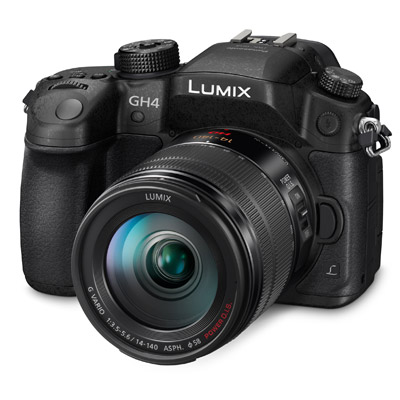 | Panasonic GH4 Pros: Good in photography, exceptional video, low price in relation to the video quality and the possibility of video UltraHD Cons: No major flaw Opinion: The GH4 is a quite good mirrorless that actually conceals a great camera, able to make video and this also UltraHD. And 'complete in the features, functions and control customization, well pensata.rnLa quality video UltraHD compared to those in HD is definitely a must, once proven, for those who make videos to animals and nature like myself, especially if there is no need to access gutted but enough about US $ 1,500 as the GH4. rnAnche in "normal" mode HD video quality is definitely the GH4 sorprendente.rnIl system Micro 4/3 park has a good optical quality and still expanding. Also with rings adapters of quality, as the Metabones, can be used to better fine optical Leica R, Contax Zeiss, Nikon Ai ecc.rnHo chosen GH4 a year ago and I'm fully satisfied: it consigliabilissima to anyone who wants to engage in video, especially in UltraHD, without investing in some far more Pesanyou economically (and also physically, once the field is important) professional camcorder. rn sent on September 30, 2015 |
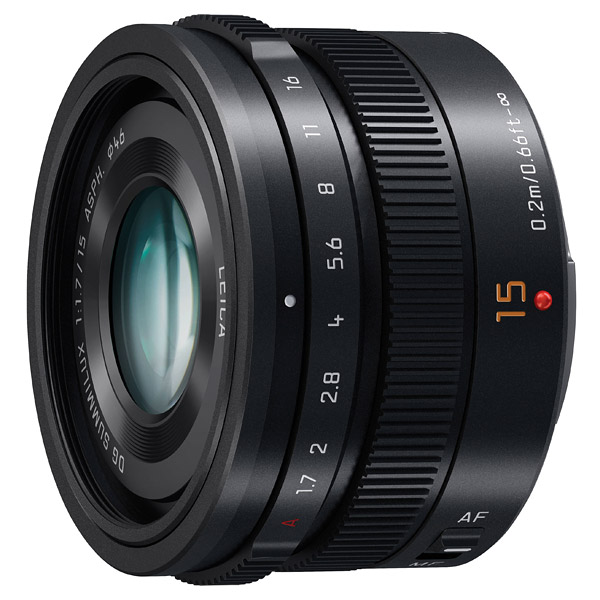 | Panasonic Leica DG Summilux 15mm f/1.7 ASPH Pros: Quality, weight, cost is not exaggerated Cons: Distortion Opinion: Using this lens with the Panasonic GH4, to make the excellent video UltraHD offering this camera body. rnSiccome video UltraHD involves a "crop" of the corners, it is less affected by the excessive distortion, as reported by all tests, afflicts this lens (and that photo is corrected following a special firmware) .rnLa definition is high without being just a "razor" (patience), in return, the plasticity or "three-dimensional", if you prefer, the separation of the plans, the color rendering etc. They have a typically Leica, not of those jaw-dropping, but still c'è.rnAnche in close-ups, the minimum distance of focusing, the yield is very interessante.rnConsigliabile to those who love the imprint Leica. Certainly appreciate those who like myself uses (with adapter rings) old Leica R lenses (28mm, 100mm APO) and Nikon AI (135mm) and not very young Nikon AF (300mm f.4). The recent 15mm Leica us toAloga well, there is an aesthetic kinship. sent on September 30, 2015 |
 JuzaPhoto contains affiliate links from Amazon and Ebay and JuzaPhoto earn a commission in case of purchase through affiliate links.
JuzaPhoto contains affiliate links from Amazon and Ebay and JuzaPhoto earn a commission in case of purchase through affiliate links.May Beauty Be Everywhere Around Me